Pearl millet, known as Bajra in India, holds significant popularity in various parts of the country, especially in regions with arid and semi-arid climates. This gluten-free grain is a great source of energy due to its complex carbohydrates, making it a suitable dietary option for sustained energy release. Its versatility in culinary uses, from making rotis to porridge or even baked goods, adds to its appeal, making pearl millet a valuable and nutrient-rich grain choice for a balanced and wholesome diet.
Table of Contents
What Is Pearl Millet?
Pearl millet, commonly known as Bajra, stands out as a nutrient-packed grain renowned for its numerous health benefits. Rich in essential nutrients such as iron, protein, fiber, and several vitamins and minerals, Bajra offers an array of advantages for overall health. Its high iron content supports red blood cell production, making it particularly beneficial for individuals prone to anemia. Additionally, Bajra's significant fiber content aids digestion, promotes satiety, and assists in maintaining healthy cholesterol levels.
How Is Finger Millet Different From Pearl Millet?
Pearl millet (Bajra) and finger millet (Ragi) are two distinct types of millets, each with its unique characteristics:
- Grain Appearance: Pearl millet grains are larger and rounder compared to finger millet, which has smaller grains resembling tiny fingers, hence its name.
- Cultivation and Geography: Pearl millet is commonly grown in arid and semi-arid regions and is well-adapted to dry and hot climates. It is widely cultivated in regions of Africa and Asia. On the other hand, finger millet is cultivated in various regions and is particularly prevalent in parts of Africa and Asia, thriving in different climatic conditions.
- Nutritional Composition: Both millets have distinct nutritional profiles. Finger millet (Ragi) is known for its high calcium, iron, and amino acid content, making it particularly beneficial for bone health and iron absorption. Pearl millet (Bajra) is rich in iron, protein, fiber, and other essential nutrients, supporting overall health and energy levels.
- Culinary Uses: Pearl millet is commonly used to make flatbreads (rotis), porridge, and other dishes, especially in regions where it's cultivated. Finger millet is also versatile and used to prepare porridge, dosa, baked goods, and more.
Why Is Pearl Millet Popular In India?
Here are a few reasons for its popularity in India:
- Cultivation Suitability: Pearl millet is well-suited to grow in regions with low rainfall and poor soil conditions. It is a resilient crop and can thrive in drought-prone areas, making it a crucial staple in states like Rajasthan, Gujarat, Haryana, and Maharashtra, where water scarcity is common.
- Nutritional Value: Pearl millet is rich in essential nutrients like iron, protein, fiber, and several vitamins and minerals. It serves as a valuable source of nutrition, particularly for those residing in regions where it's a staple crop.
- Culinary Versatility: Bajra is utilized in various culinary preparations, primarily making flatbreads (rotis), porridge (bajra khichdi), and other traditional dishes. Its versatility in cooking applications makes it an integral part of local cuisines in these regions.
- Health Benefits: Pearl millet's nutritional richness contributes to its reputation as a healthy grain. It is known for its energy-boosting properties and beneficial impact on digestion due to its fiber content.
- Cultural Significance: In many regions of India, pearl millet is a part of traditional cuisine and cultural practices, making it an essential dietary component in local households.
Health Benefits Of Pearl Millets:
Pearl millet, known as Bajra, offers several health benefits due to its rich nutritional composition:
- Rich in Nutrients: Pearl millet is a good source of essential nutrients such as iron, protein, fiber, magnesium, phosphorus, and B-complex vitamins, including niacin, thiamine, and riboflavin.
- Energy Boost: It is an excellent source of complex carbohydrates, providing sustained energy, making it beneficial for individuals with active lifestyles and those needing a steady energy supply.
- Supports Heart Health: The fiber content in pearl millet helps in reducing LDL (bad) cholesterol levels, thus supporting heart health and lowering the risk of cardiovascular diseases.
- Digestive Health: Its dietary fiber aids digestion, prevents constipation, and maintains a healthy digestive system.
- Iron Rich: Pearl millet is a good source of iron, making it beneficial for individuals at risk of iron deficiency anemia, especially pregnant women and those with low iron levels.
- Gluten-Free: Being naturally gluten-free, pearl millet is suitable for individuals with gluten sensitivities or celiac disease.
- Potential Anti-Diabetic Properties: Some studies suggest that pearl millet may have a low glycemic index, aiding in managing blood sugar levels, which can benefit individuals with diabetes.

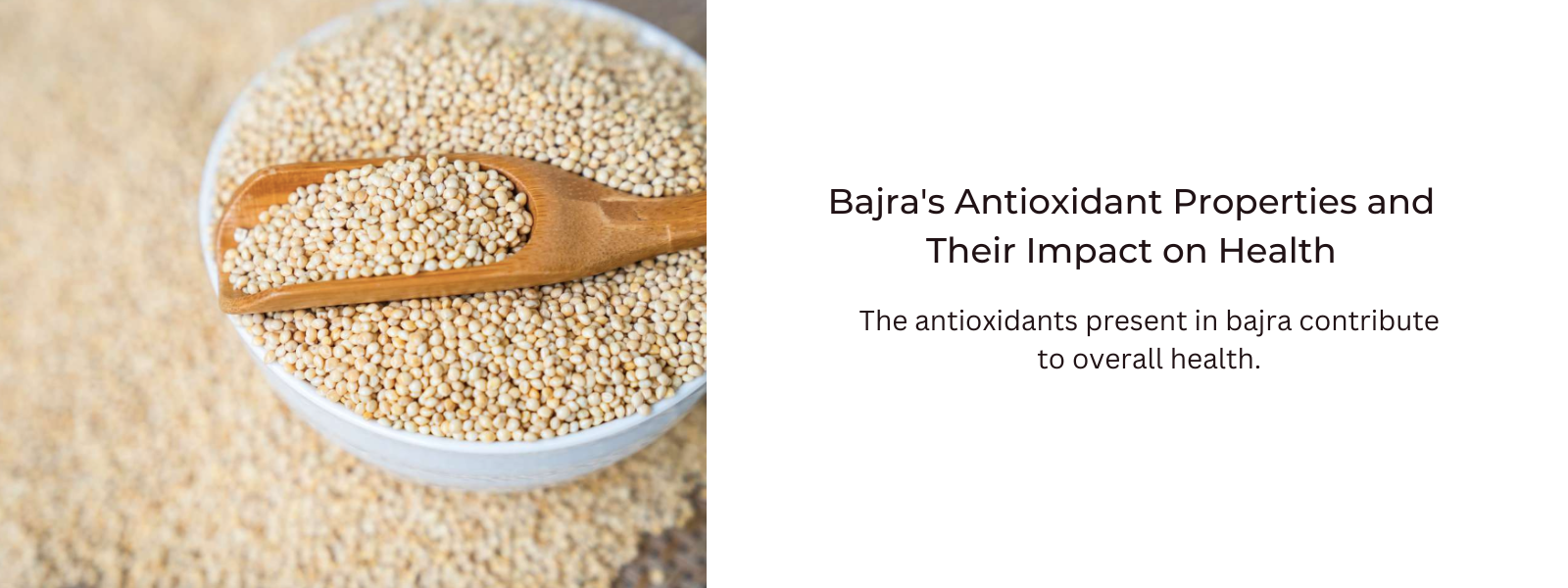
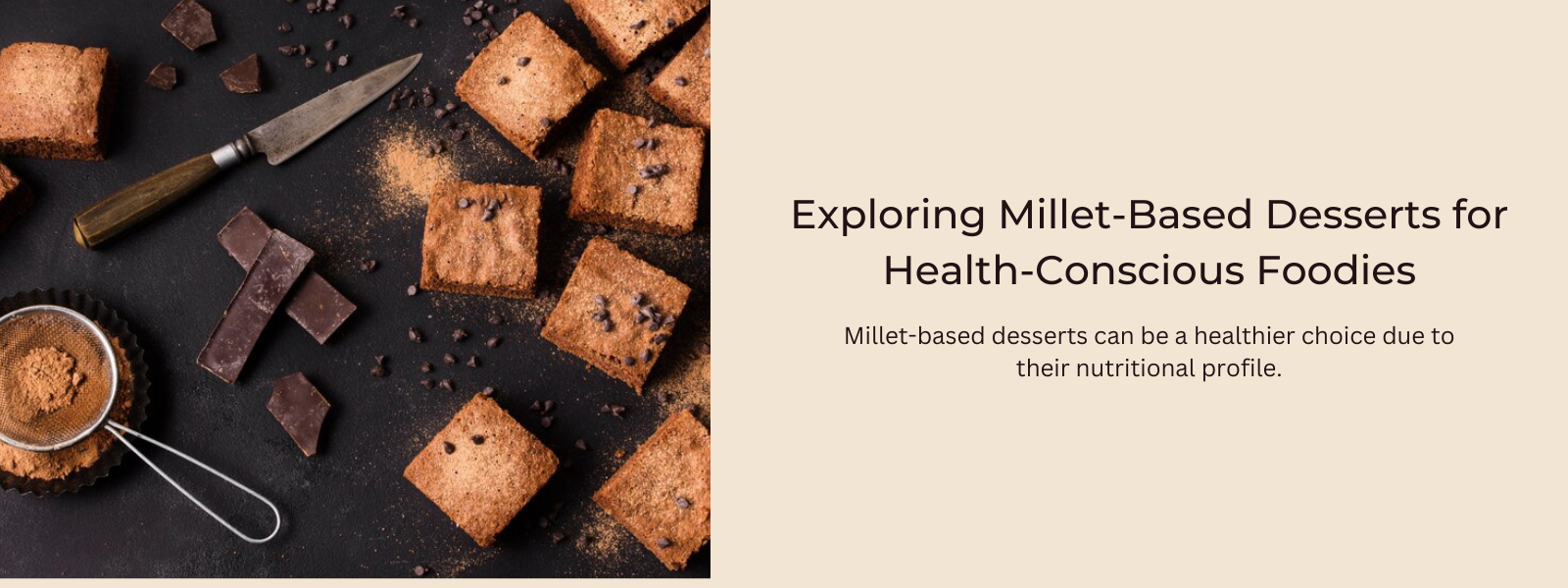
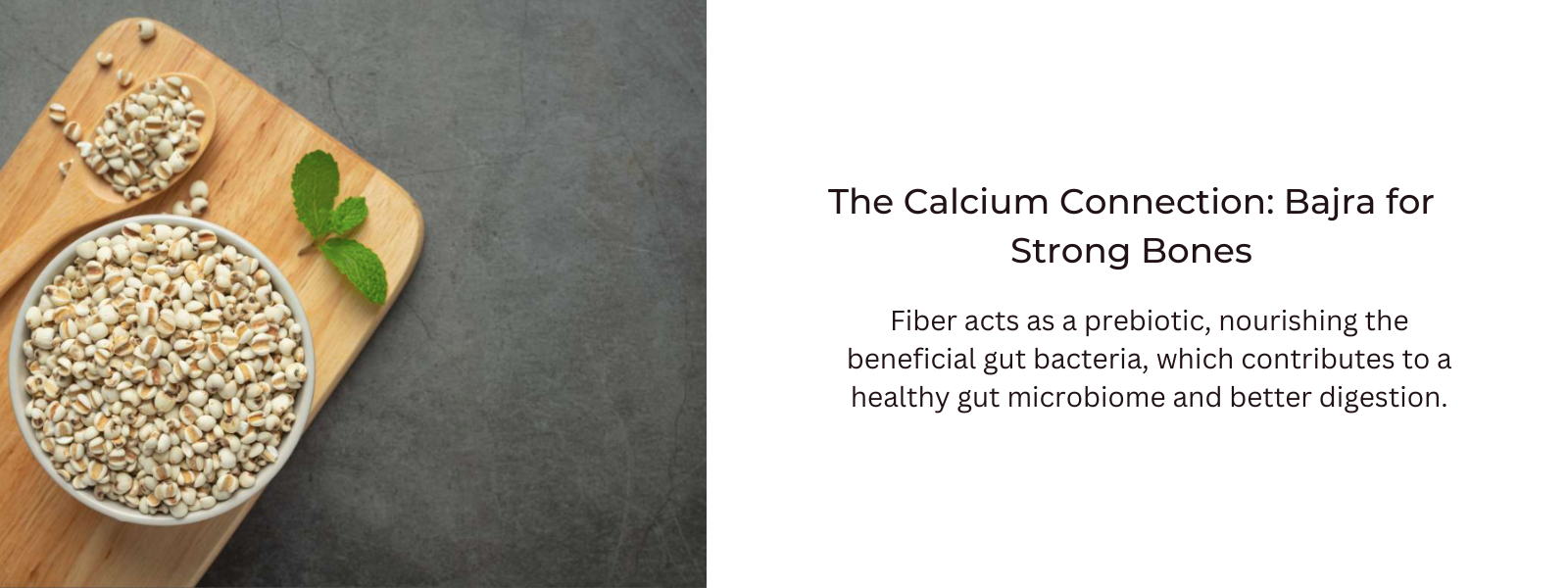
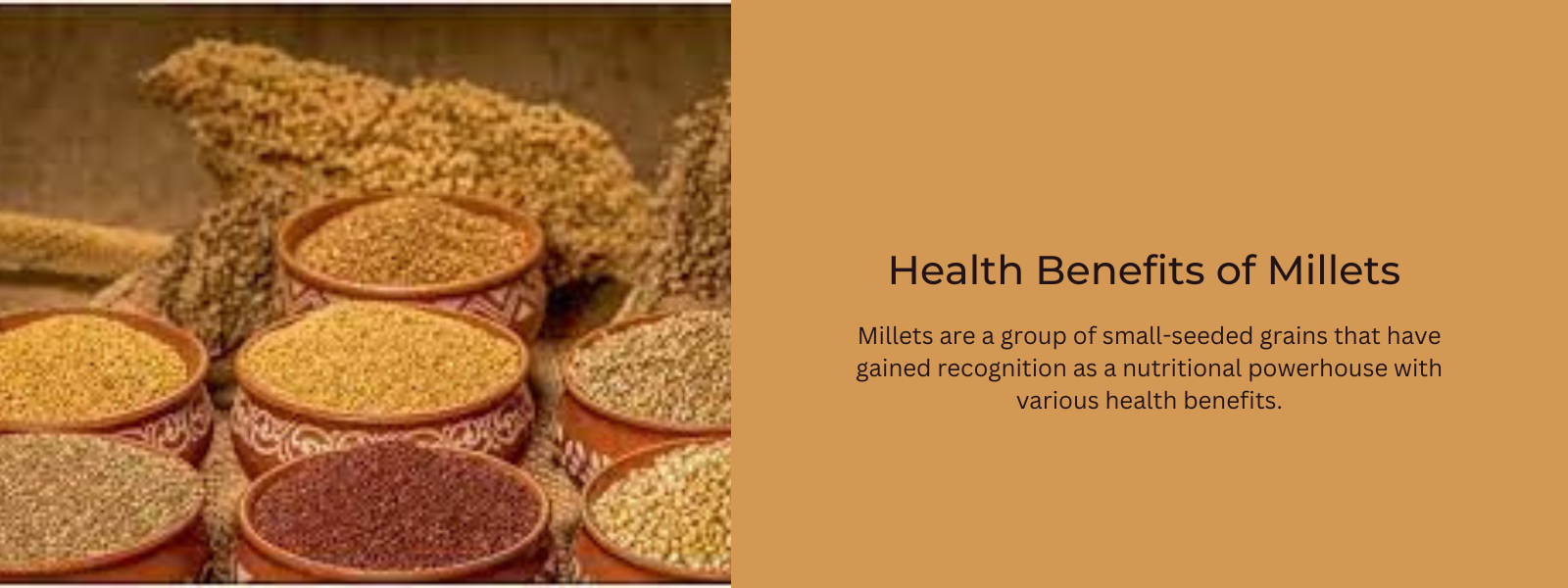
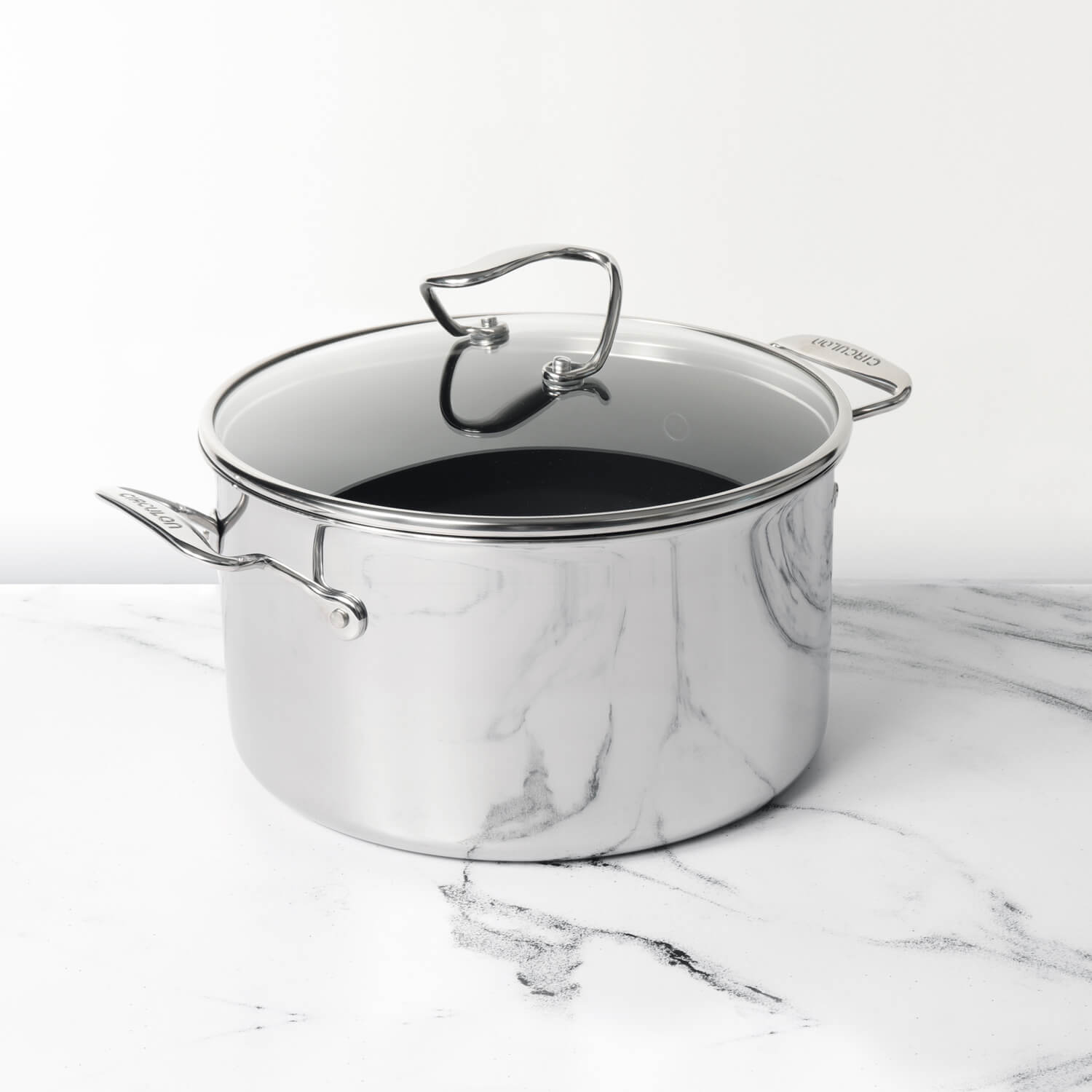
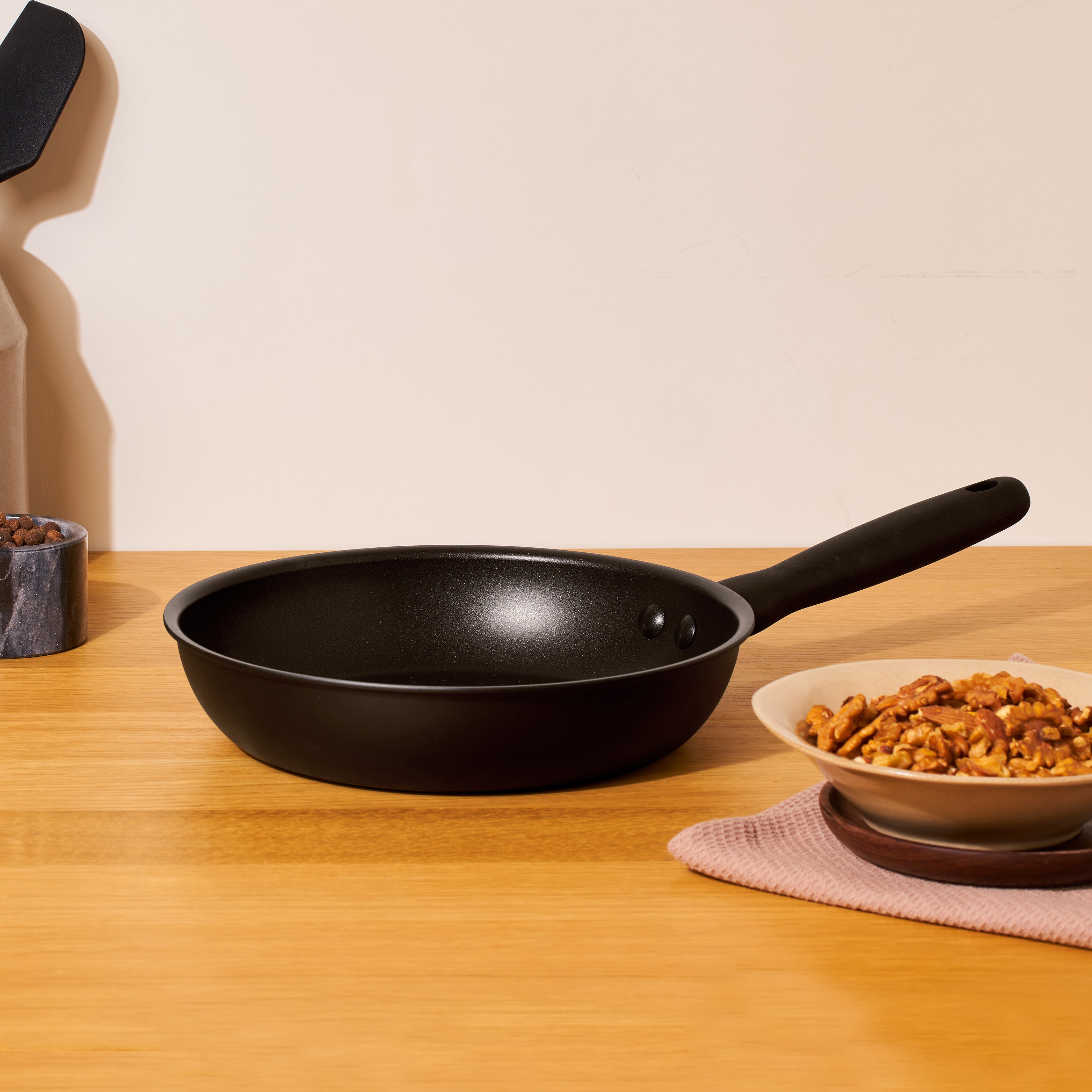




Leave a comment